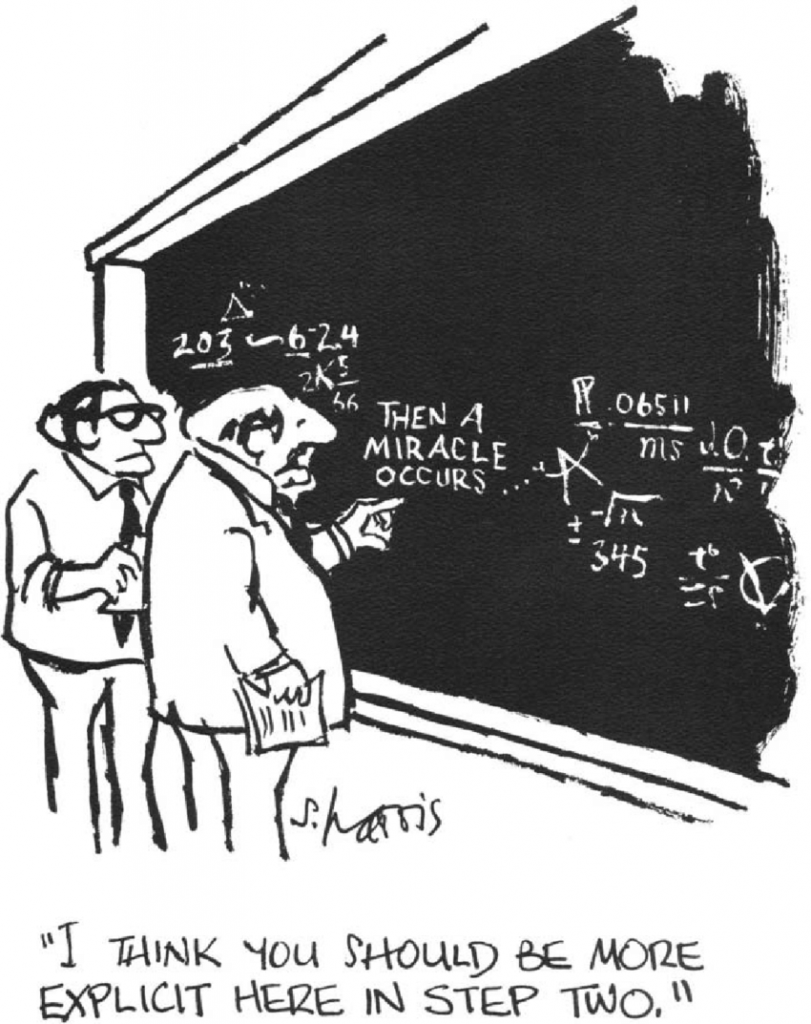Recently a former colleague forwarded me a new report by the Higher Education Policy Institute (HEPI) which explores some of the current issues around research leadership. She thought, correctly, that I would be particularly interested in this paragraph…(thanks Angela!)
“The research leadership challenge brings with it a need to build innovative skills-based career frameworks for those professional research support staff who increasingly play a role in the design and delivery of projects and yet rarely receive the recognition they deserve. At the moment, increasingly large numbers of university staff exist in a professional hinterland somewhere between traditional university administrators and academic staff. It is for this reason that people in this group – often professional knowledge brokers based in boundary-spanning units or centres – are increasingly referred to as ‘third space’ staff who lack any discernible career framework despite the contribution they make to filling vital research leadership roles.”
Matthew Flinders ‘Research Leadership Matters: Agility, Alignment, Ambition’ p27, HEPI Report 154
Invisible because we don’t fit in
Matthew Flinders, you have absolutely nailed it! Research-adjacent professionals exist in a kind of vague limbo – not quite research and not quite admin. No-one knows what to call us so most of the time they don’t talk about us at all. Whilst at my old employer – a Russell group university – the powers that be decided to bring in standardized job descriptions and job families. You know where this is going. Yep, there was no job family that actually fit what I did. I could see parts of my role strewn across multiple job families – some in the ‘admin’ family, some in the ‘teaching’ family, some even in the ’catering’ family (the event management bits). My research-adjacent colleagues had the same experience. I ended up, unsatisfactorily, in the ‘admin’ family while colleagues doing similar roles ended up elsewhere, some even on academic contracts. Way to make us feel appreciated! The whole point of the exercise was to provide ‘clear career progression routes’. All it did was reinforce the feeling that we didn’t fit.

Invisible even in a public engagement strategy
On the same day I was sent the HEPI report I also saw that UKRI had announced the publication of their new public engagement strategy. I’d heard UKRI Chief Executive Ottoline Leyser talk soon after she was appointed. I was impressed at the way she recognised the huge variety of people who contribute to the research ecosystem – not just researchers – so I was keen to read how this panned out in their new strategy.
I completely agree with the goals of their new strategy;
- build a sense of shared endeavour by making research and innovation relevant and accessible to all
- make sure the benefits of research and innovation are shared widely by supporting collaboration and valuing diverse forms of knowledge
- create opportunities for all by inspiring and engaging the next generation
But, as ever, the devil is in the detail. It talks about supporting researchers, partners, museums, heck even school children, but at no point does it make reference to the people who will actually be needed to turn this strategy into reality – the research-adjacent professionals! I actually couldn’t quite believe it so I read it again, but no. There is vague talk about ‘support infrastructure’ but no details. There is talk about embedding public engagement into research, but no acknowledgement that this will need an army of expert engagement professionals, trainers, project managers, knowledge brokers, relationship builders, communications specialists and educators. I suppose I shouldn’t have been so surprised. The same thing happened when I read their overall strategy. It talks about supporting and developing researchers, but makes minimal reference to the wider research ecosystem.
Invisible even in our own spaces
And then again at a public engagement conference last week multiple speakers stood up and talked about what I agree were fantastic projects. They described the co-production approach, the impact on the community partners, and the researchers, but not the hard working and professional intermediaries who made the projects happen.
Oh, and don’t even get me started on impact case studies. For the last REF I organised most of the activities that were cited in the evidence section, I wrote and rewrote the thing, but could I be named on it? No I could not. We could name researchers who had long since left the university, but not a lowly research-adjacent professional. I have also written large parts of grant applications and substantially redrafted publications without being named on them.
We need to ‘show our working’
So research-adjacent friends – not only are we undervalued, in the eyes of too many people we don’t even exist. In the research culture converation there is much reference to focussing on process rather than outcomes. In many cases we are the process so we need to do better at ‘showing our working’. Clearly we need to do more to raise our profile and shout about what we do and why it makes a difference. I hope that Research Adjacent can play a small part in this. To shine a light on the people behind the projects. It’s my attempt to do my bit to ensure research-adjacent professionals are visible and valued.

Cartoon by Sydney Harris
Photo by Pierre Bamin on Unsplash

Pingback: Introduction to Research Adjacent (Episode 1)